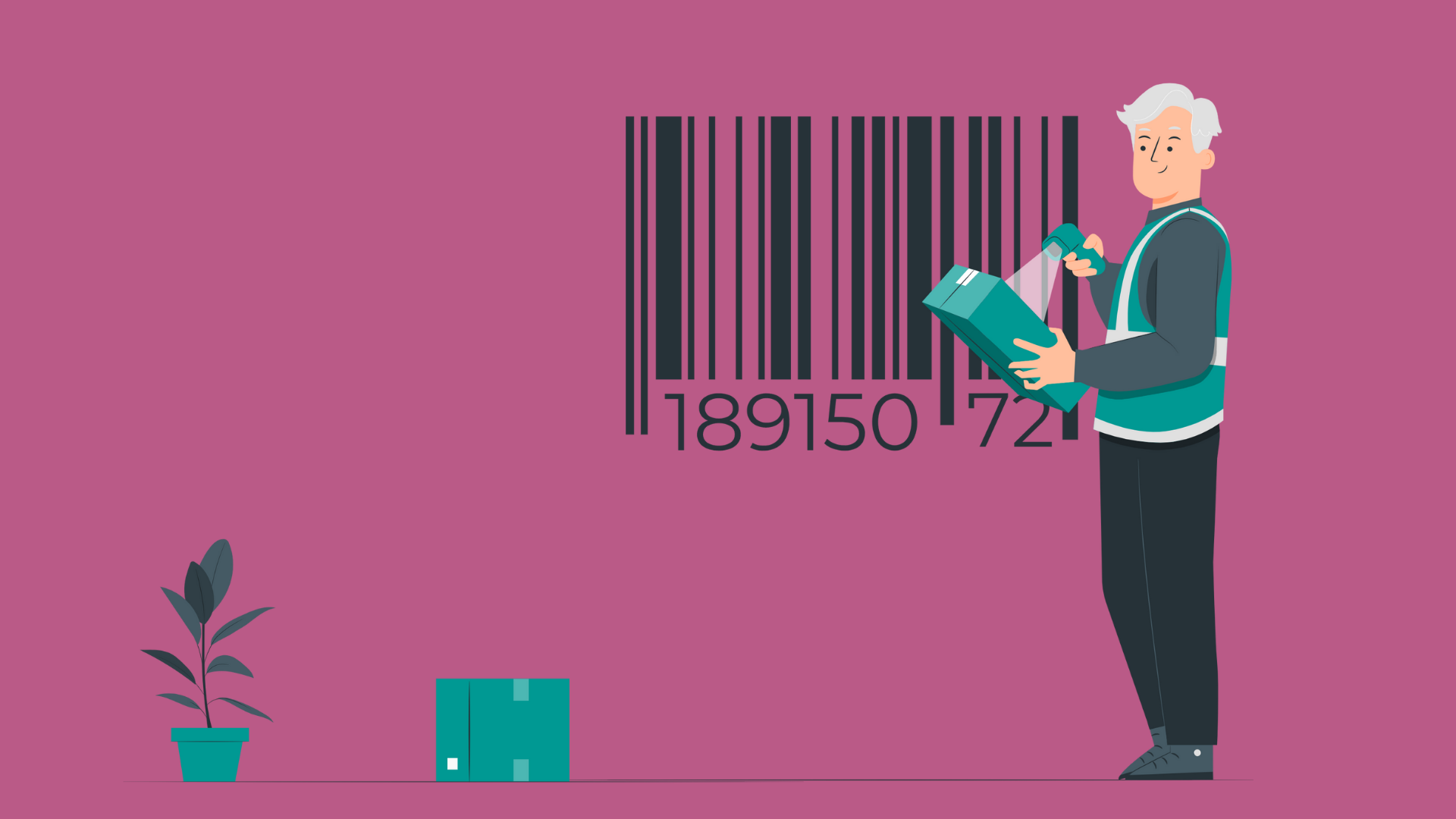What is an SKU, and how should I use it?

Are you selling multiple different products? Are you working with stocking lists and inventory systems? Then SKU number is something you have to be familiar with already.
This article aims to summarize all you need to know about SKUs number. We will cover the definition, different use cases, and useful tips as well.
So be ready to become an expert on the SKU topic by the end of this post!
Table of Contents
What is an SKU?
In a nutshell, an SKU is a specific product code that can help you keep things organised in your inventory. You might wonder, “what does SKU stand for?” it is actually the abbreviation for Stock Keeping Unit. The most important thing you need to know is that SKU numbers are used mainly internally, but we will tell you more about that in a moment.
Weirdly enough, we all are getting across thousands of SKU codes every day without even noticing it. So let’s get to the bottom of this!
Is an SKU number the same as an item number?
SURPRISE! It is actually the same thing. Item identification numbers (item numbers) are also referring to a number used internally as a unique product identifier.
Some organisations will call these codes: part numbers, model numbers, product codes, SKUs, or item numbers…
These different names can cover any kind of number combinations or codes that the company can use in their own inventory system to differentiate products from one another. However, SKU numbers are most commonly are 8 alphanumeric digits or short combinations of letters and digits.
How to create an SKU number?
As mentioned before, SKU numbers can be any combination of numbers or letters you like. Therefore, it is completely up to you and on your business conditions what would you prefer.
What would make the most sense in your workflow? After all, it will be you and your team, who will have to work with these identifiers on a daily basis.
If you are working with a digitalised inventory system, it can be also smart to use your inventory/ management system to generate these codes. This way the system will be automatically integrated with the structure of the codes.
However, if you are just considering shifting to a digitalising inventory system. It is smart to organise your products based on SKUs in advance. Since most of the time, you can easily bulk-upload your items based on their predefined SKU numbers. This is not only a good way of reducing the time of the integration, but also limits the number of errors, and assures that all the products are registered in the new system.
Keep scrawling, and you will find more about inventory management systems.
There are a few things we don’t suggest you do!
You have a free hand at creating your SKU structure. However, there are a few things you should avoid. Just to stay on the safe side and don’t face complications in the future.
When you are about to choose SKU numbers for your products, the worst thing you could do is to follow a random code and item paring method.
Follow a logic that makes sense to you and that is easily applicable to the different product lines and categories, you are selling. It will only simplify your daily work.
Of course, you should keep it as simple as possible because you shouldn’t use too long combinations. Furthermore, you shouldn’t reuse combinations that are already used by your suppliers or manufacturers to identify the same product or product category.
Other than that, you should also avoid including:
- Letters that can be mean multiple things, like “I” (can be confused with “1” or with the lowercase”L”)
- Dashes and periods (“:” “-” “_” “/”)
If you keep these things in mind, you will only benefit from applying SKUs.
Where to find an SKU number?
These SKU numbers should be represented on the products. Normally, they are placed around the price tags or other barcodes, so they can be easily differentiated and scanned. Besides the items, you should also keep track of these numbers in a sheet or any sort of documentation that you prefer. We listed a few manual and automated examples a bit downer.
SKU number example
A basic example that you could take inspiration from is the next:

See, it is not that complicated!
You should just think it through before you get to it: “What’s the easiest way to categorize and differentiate your products at the same time?”
Could be also a good idea, to follow a sequential order, so once you introduce a new product in your portfolio, it will be easy to register it.
With a smart structure, you will be able not only to identify your products by their SKUs, but you could include specifics like colour, type, material, or size.

A product definer like this would also allow you to collect valuable information to optimise sales in the long term, such as which product or colour performs the best or how seasons influences the customer’ purchases.
SKU vs UPC
We have already specified that SKU numbers are only used internally. So, these codes are unique to each organisation. However, in a wholesale environment, you will also need some sort of external product identification. That is why UPS barcodes are existing.
Briefly, UPC is used for external product tracking and universal identification. This way, any company that gets across the item can register it.
SKU and UPC codes are used in different environments, but have many of the same uses and best practices.
Therefore, we understand those who have been mixing up the two terms, but we hope now it is clear which one is used for what purpose.
SKU Management
Are you a manufacturer, brand, wholesaler or retailer? If yes, then SKUs are not one-size-fits-all; you’ll need a system that is built for your business specifications. In any case, you should keep track of your products, so you can meet financial objectives, analyse performance, and forecast accurately. Just to mention some of the most convenient reasons.
Tracking products at an SKU level is a time- and energy-consuming task. That is why it is highly important that you have the right resources, systems, and practices in place. This way your return on investment will be maximised within a short period of time.
SKU inventory management
The main benefit of ID-ing your products with SKUs is to optimise and bring your inventory to the next level. Regardless of the business, you are running and the products you are selling, received inventory needs to be accurately recorded and tracked. If that is done, you can finally start to monitor the sold and remaining stock.
If you are a retailer, who doesn’t hold ownership of the products you sell, this is less of a concern for you. However, you should still know which product has been laying in your warehouse for how long. Besides, you could also reduce the chances of being theft.

Manual SKU management
Not everything has to be digitalised! If you are not moving a lot of products every day, or you are not handling many products, a manual solution could be just fine. Stock books, Excel sheets are some common ways to log transactions that are significant for you.
We recommend listing the items in one column and tracking how many have been produced/shipped out/ delivered/ sold.
The biggest challenge of a manual solution is to register each and every item. Otherwise, you can end up short on your inventory, which is a big fear of every wholesale owner.
Automatic SKU management
When you are working with multiple product categories and items and things are moving quickly in your business, you should probably also start moving fast. The best way to speed up things is to digitalize them.
We mentioned some benefits of automation as reducing time, number of errors. But one of the main advantages of digitalising your inventory is the ability to connect different systems in one place. For example, your accounting-, stocking-, ordering and inventory systems can be joined in one wholesale platform displaying all the information you need.
Also, product variations relating to colours and sizes can easily be tracked using an eCommerce platform in combination with an SKU structure for better inventory management.
If you’re looking beyond the obvious features in an online shop builder:
Want to know how?
Book a meeting with our founder Casper. He will show you how Turis will benefit and grow your business.
Book meeting with Casper
RELEVANT POSTS
